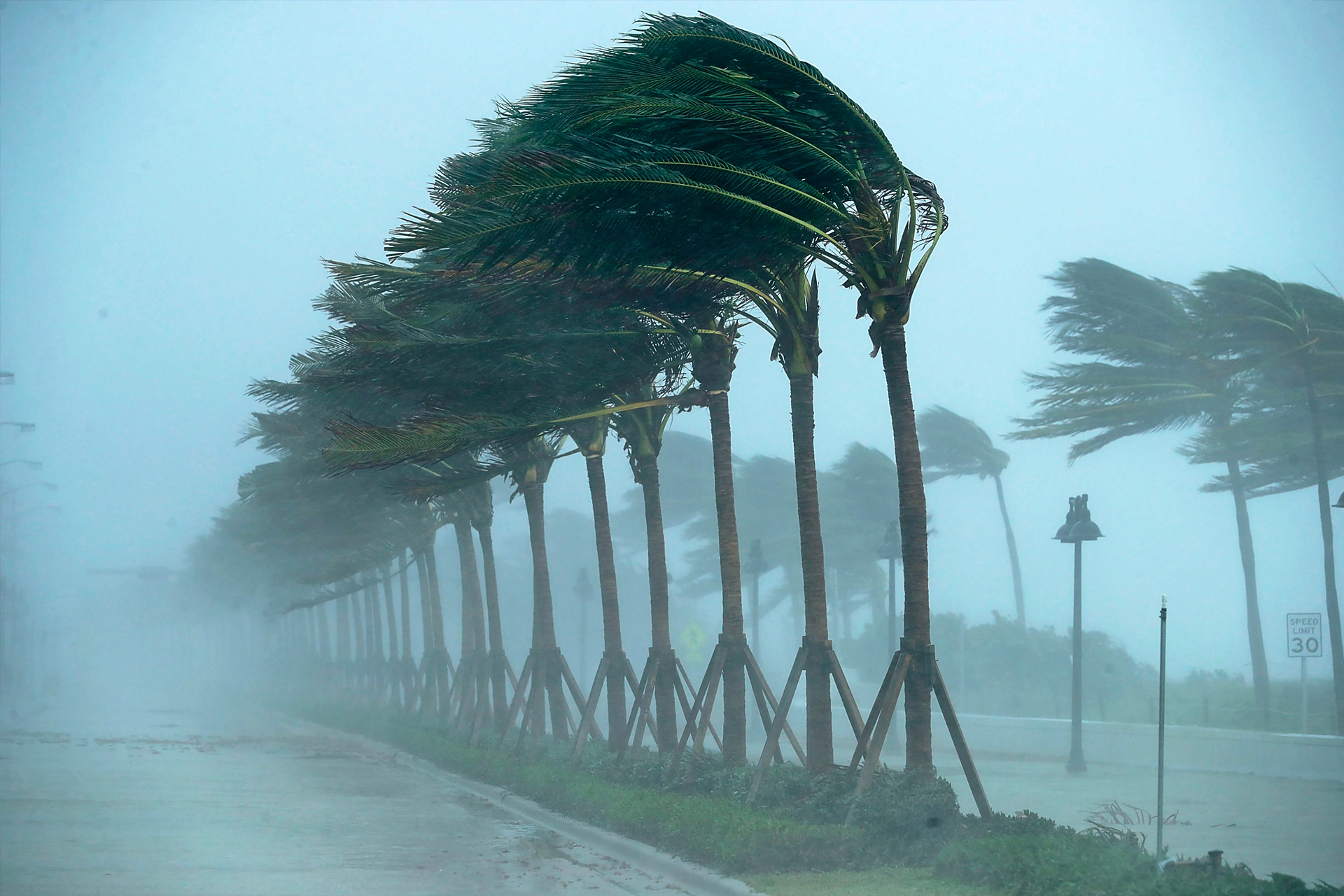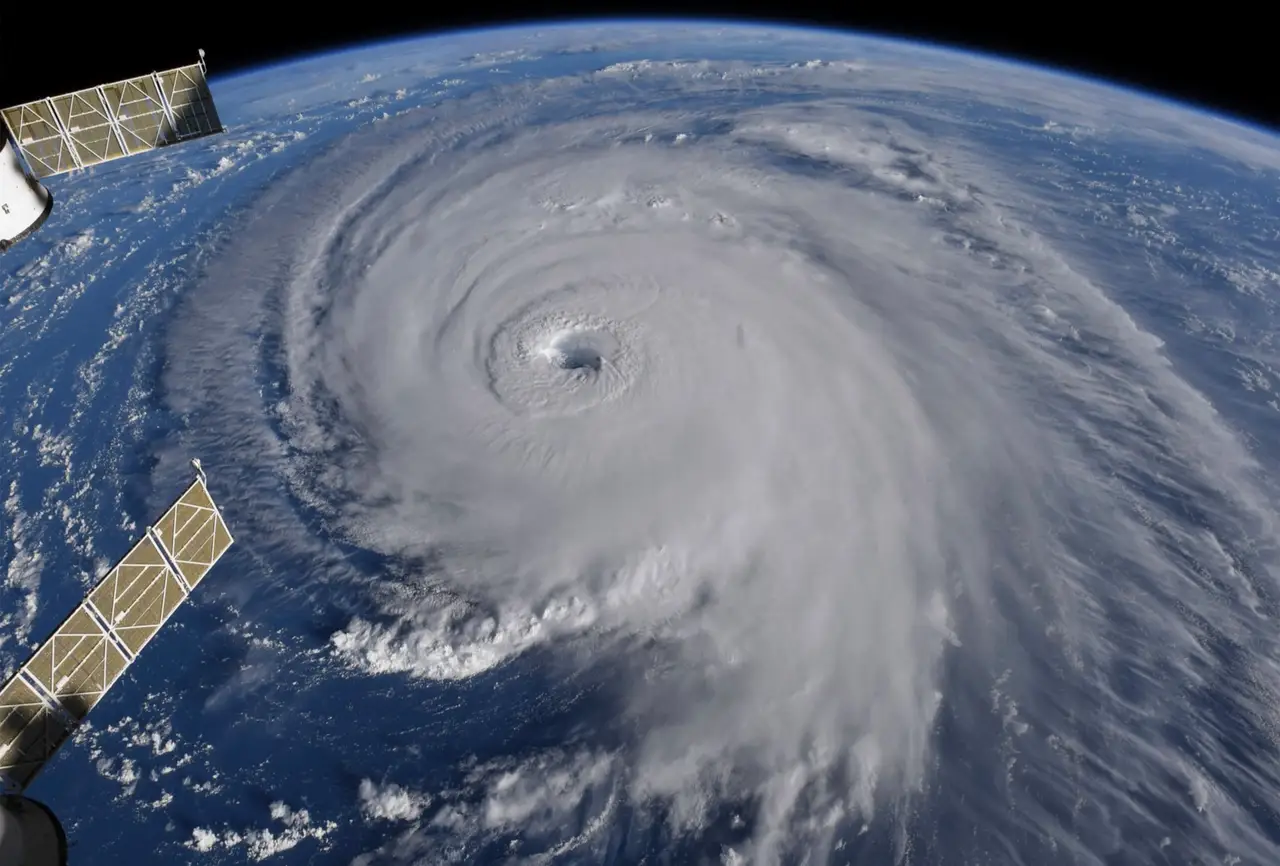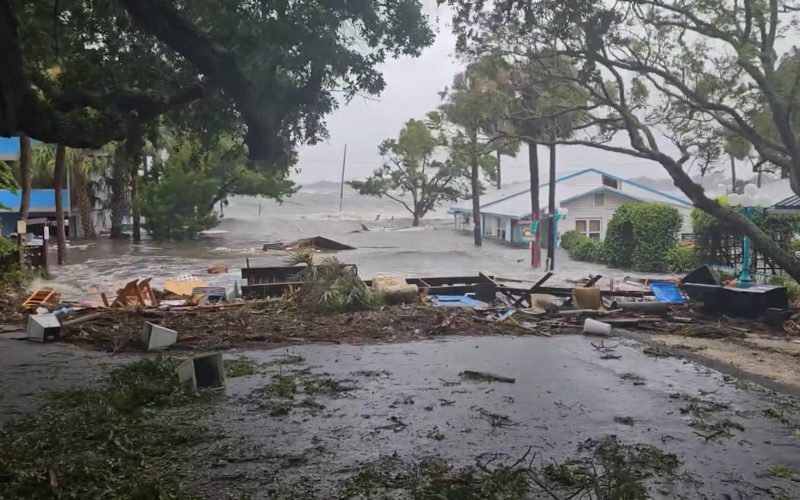Hurricane Beryl has rapidly intensified, reaching Category 4 status with sustained winds exceeding 130 mph. This level of intensity is uncommon so early in the hurricane season, making Beryl a particularly dangerous storm. The storm’s path has been unpredictable, but it has primarily affected the Lesser Antilles, causing significant damage to infrastructure and disrupting daily life. Beryl’s journey through the Caribbean has been nothing short of catastrophic. The islands of Dominica, Guadeloupe, and Martinique have borne the brunt of the storm, experiencing torrential rains, storm surges, and devastating winds. These conditions have led to widespread flooding, downed power lines, and damaged buildings, leaving thousands without electricity and essential services.
Impact on Local Communities
The impact on local communities has been severe. Many residents have been forced to evacuate their homes, seeking refuge in shelters. The disruption to daily life has been significant, with schools, businesses, and transportation systems all affected. Emergency services are working around the clock to provide assistance and restore some sense of normalcy, but the scale of the damage means that recovery will be a long and challenging process.

Behind Beryl’s Intensification
Several meteorological factors have contributed to Hurricane Beryl’s rapid intensification. Warm ocean waters, low wind shear, and favorable atmospheric conditions have all played a role in fueling the storm’s growth. These conditions are typically more prevalent later in the hurricane season, raising concerns about what the remainder of the season might hold.
Role of Climate Change
There is growing evidence to suggest that climate change is influencing the frequency and intensity of hurricanes. Warmer ocean temperatures provide more energy for storms, leading to stronger and more destructive hurricanes. As Beryl lashes the Caribbean, it serves as a stark reminder of the urgent need to address climate change and mitigate its impacts.
Response and Preparedness
In the face of such a powerful storm, emergency response and preparedness are critical. Governments and local authorities have been mobilizing resources to ensure the safety of residents. Evacuation orders have been issued in the most vulnerable areas, and shelters have been set up to accommodate those displaced by the storm.
Evacuation Efforts
Evacuation efforts have been extensive, with thousands of residents being moved to safer locations. The logistics of such a large-scale operation are complex, requiring coordination between various agencies and ensuring that vulnerable populations are adequately protected. Despite the challenges, the focus remains on saving lives and minimizing the impact of the storm.
Role of Emergency Services
Emergency services have been working tirelessly to respond to the crisis. Search and rescue operations are ongoing, and efforts to restore essential services are a priority. The resilience and dedication of these teams are vital in the aftermath of such a devastating event.
Long-Term Recovery and Rebuilding
The road to recovery will be long and arduous for the affected islands. Rebuilding infrastructure, restoring services, and helping communities recover will require significant resources and support. The international community’s role in providing aid and assistance will be crucial in the months and years ahead.
Rebuilding Infrastructure
Rebuilding damaged infrastructure is a priority. This includes repairing roads, bridges, and buildings that have been damaged or destroyed by the storm. Ensuring that these structures are rebuilt to be more resilient to future storms is essential in reducing the impact of similar events in the future.
Support for Affected Communities
Support for affected communities will be vital in the recovery process. This includes providing financial assistance, mental health support, and resources to help residents rebuild their lives. Community resilience will be a key factor in the long-term recovery efforts.
Future of Hurricane Preparedness
As the effects of Hurricane Beryl continue to unfold, there is a renewed focus on the importance of hurricane preparedness. Lessons learned from this storm will be invaluable in improving response strategies and ensuring that communities are better equipped to handle future storms.

Improving Forecasting and Early Warning Systems
Advancements in forecasting and early warning systems are critical in providing accurate information and allowing for timely evacuations. Continued investment in these technologies will help mitigate the impact of hurricanes and save lives.
Conclusion
Community education and preparedness programs play a crucial role in helping residents understand the risks and how to respond effectively. Building a culture of preparedness can significantly reduce the impact of hurricanes and other natural disasters. Hurricane Beryl has demonstrated the devastating potential of early-season hurricanes. As we continue to assess the damage and support recovery efforts, the importance of preparedness and resilience becomes ever more apparent. By learning from this experience and investing in better forecasting and preparedness strategies, we can hope to mitigate the impact of future storms









